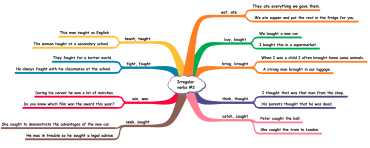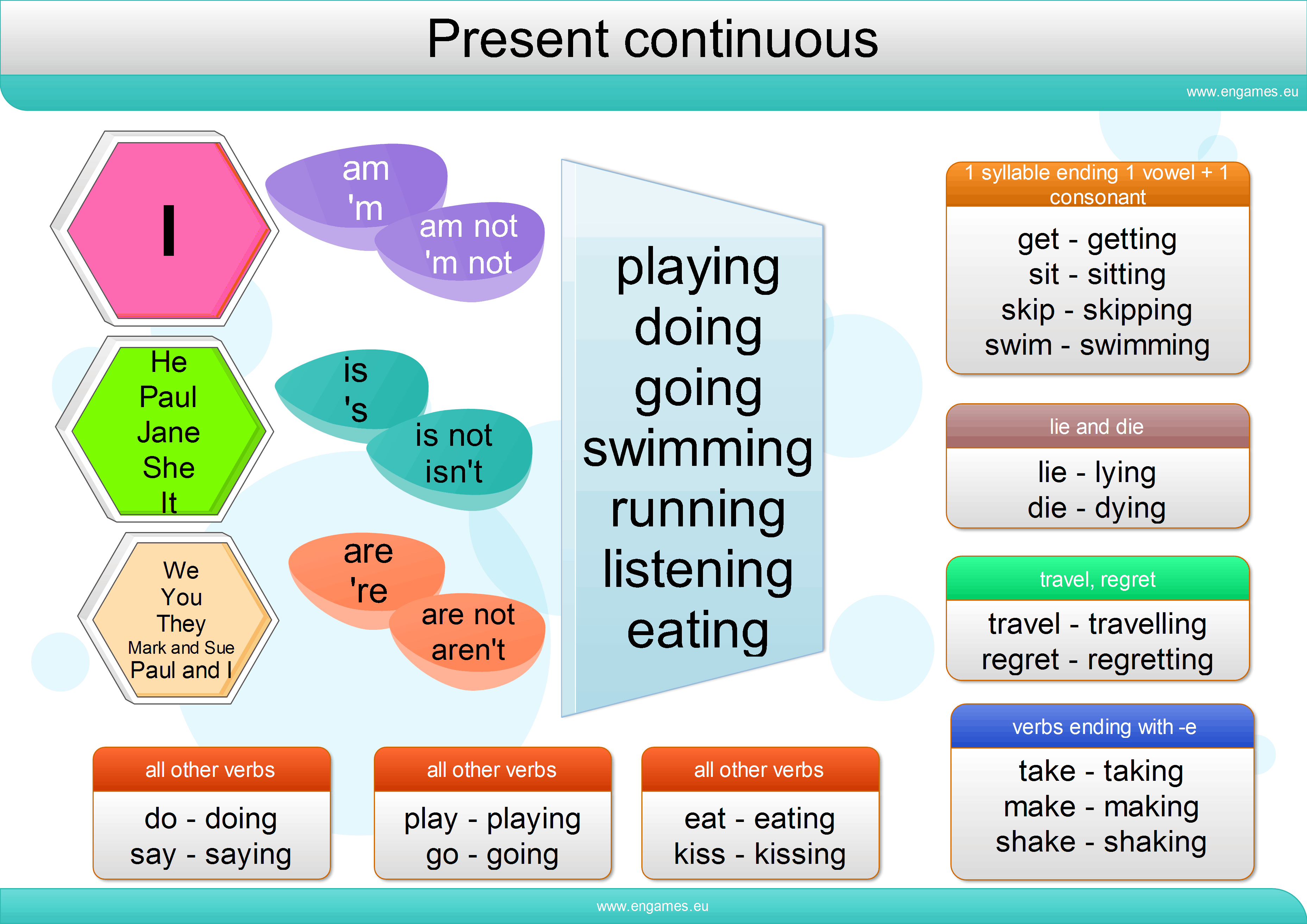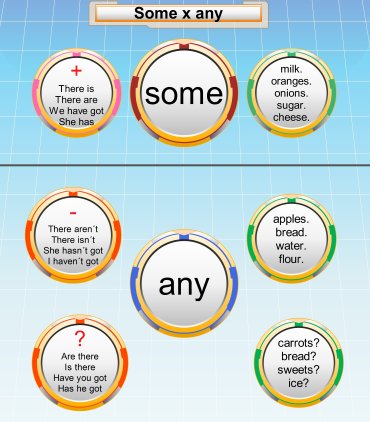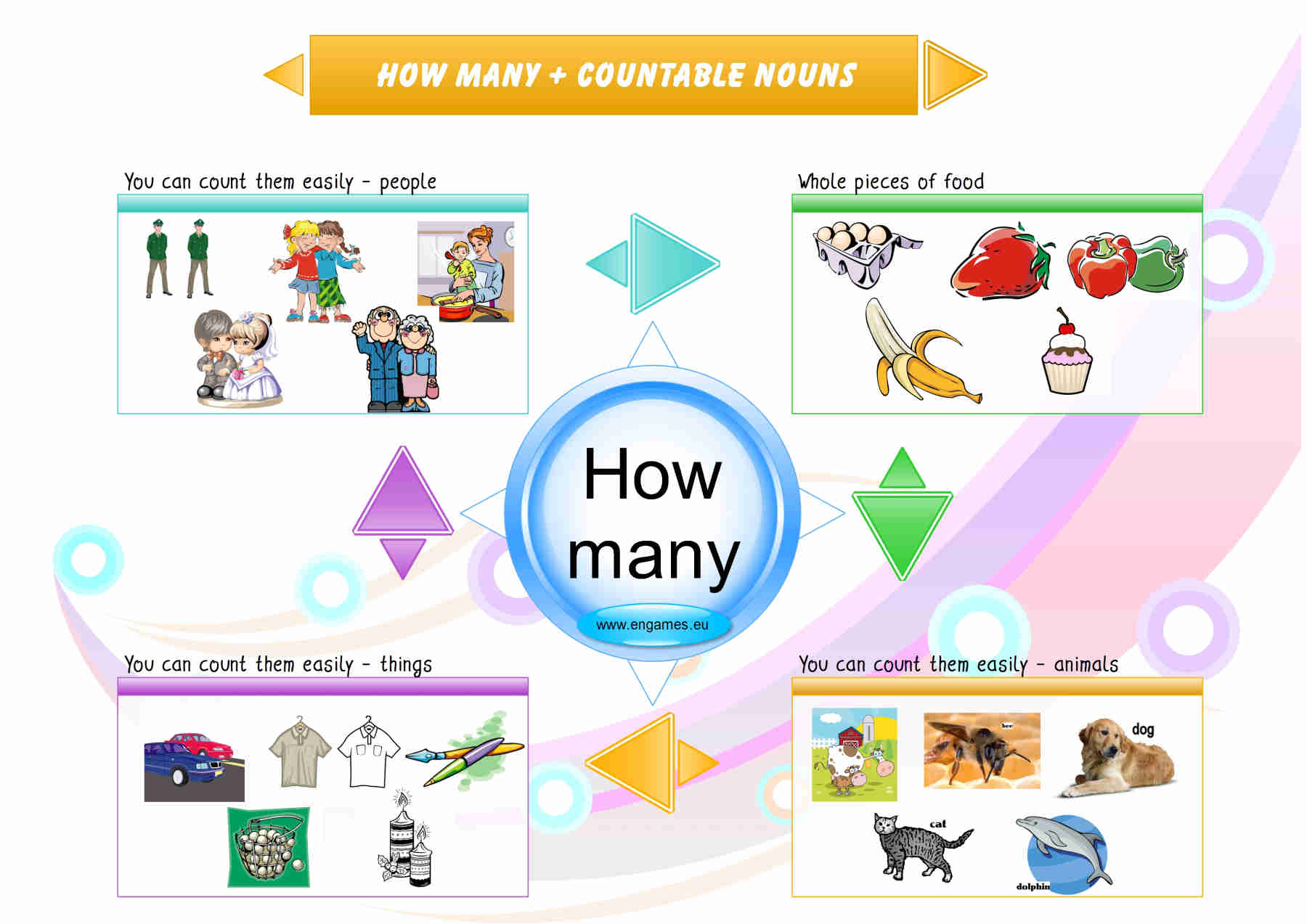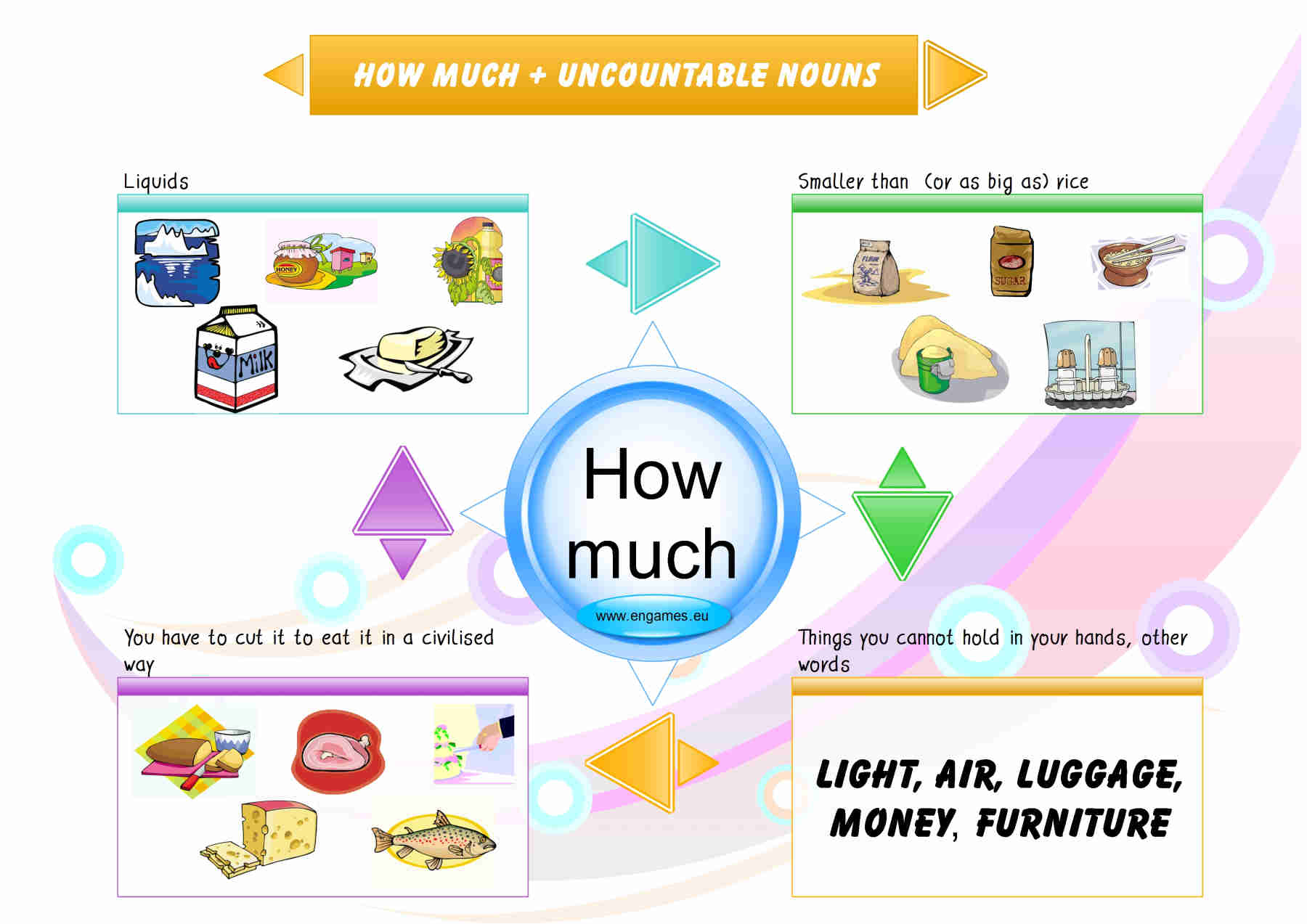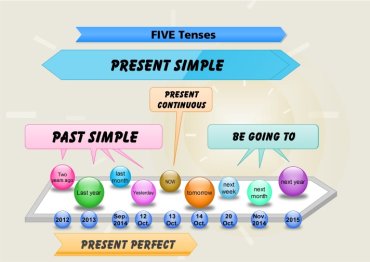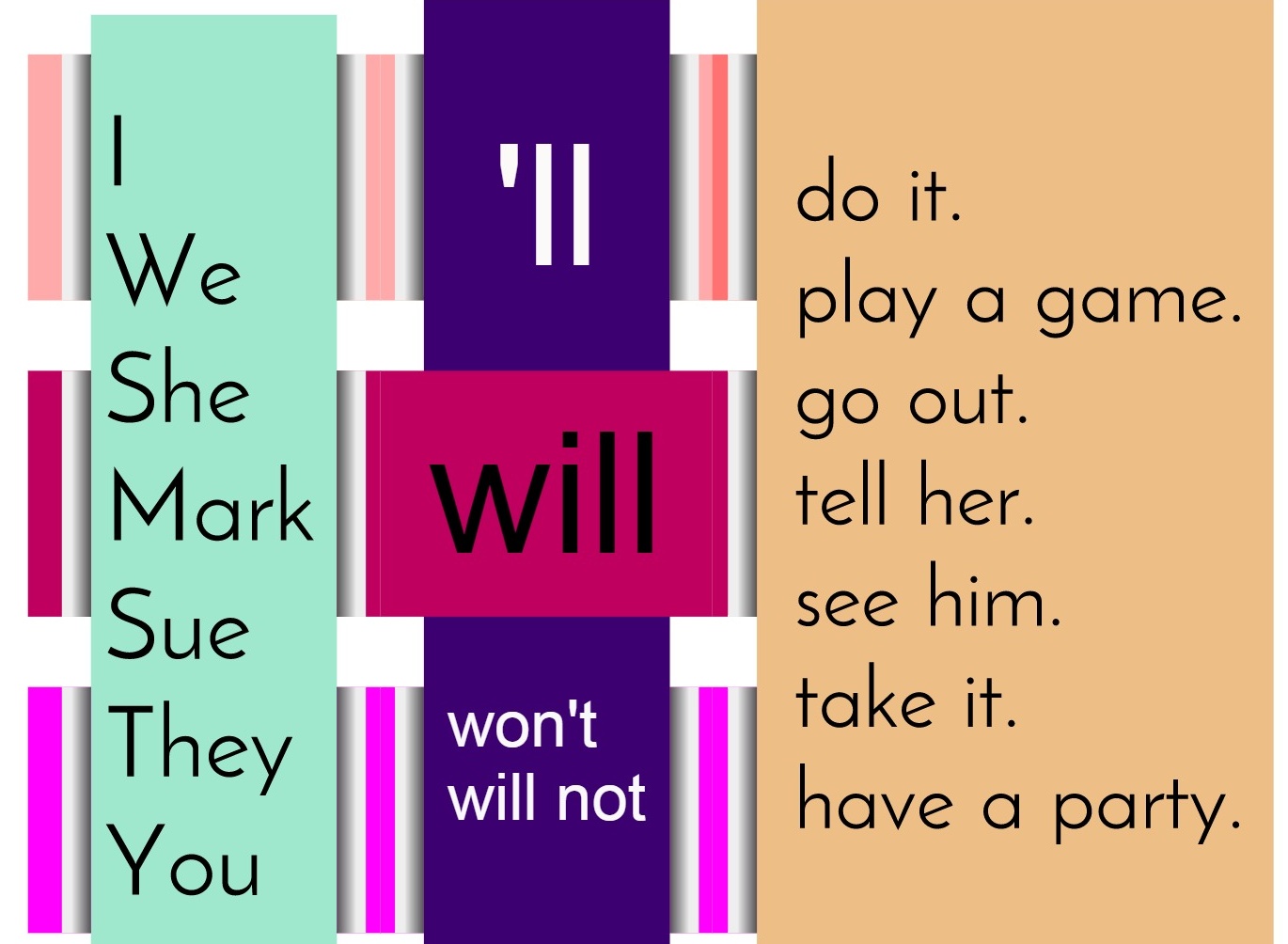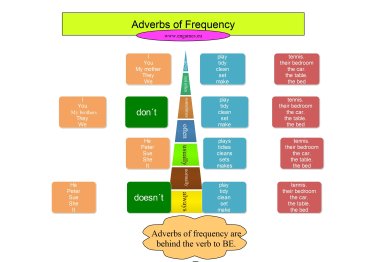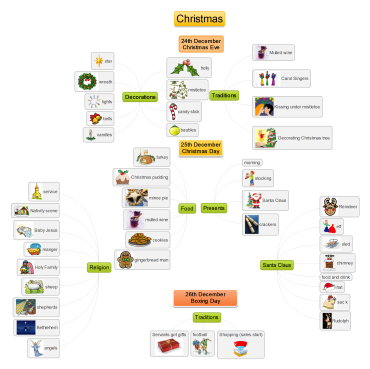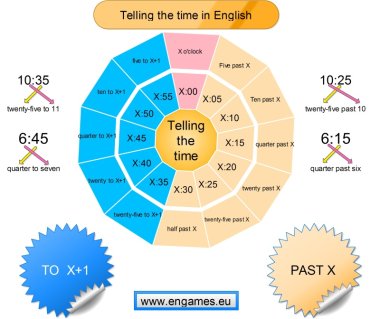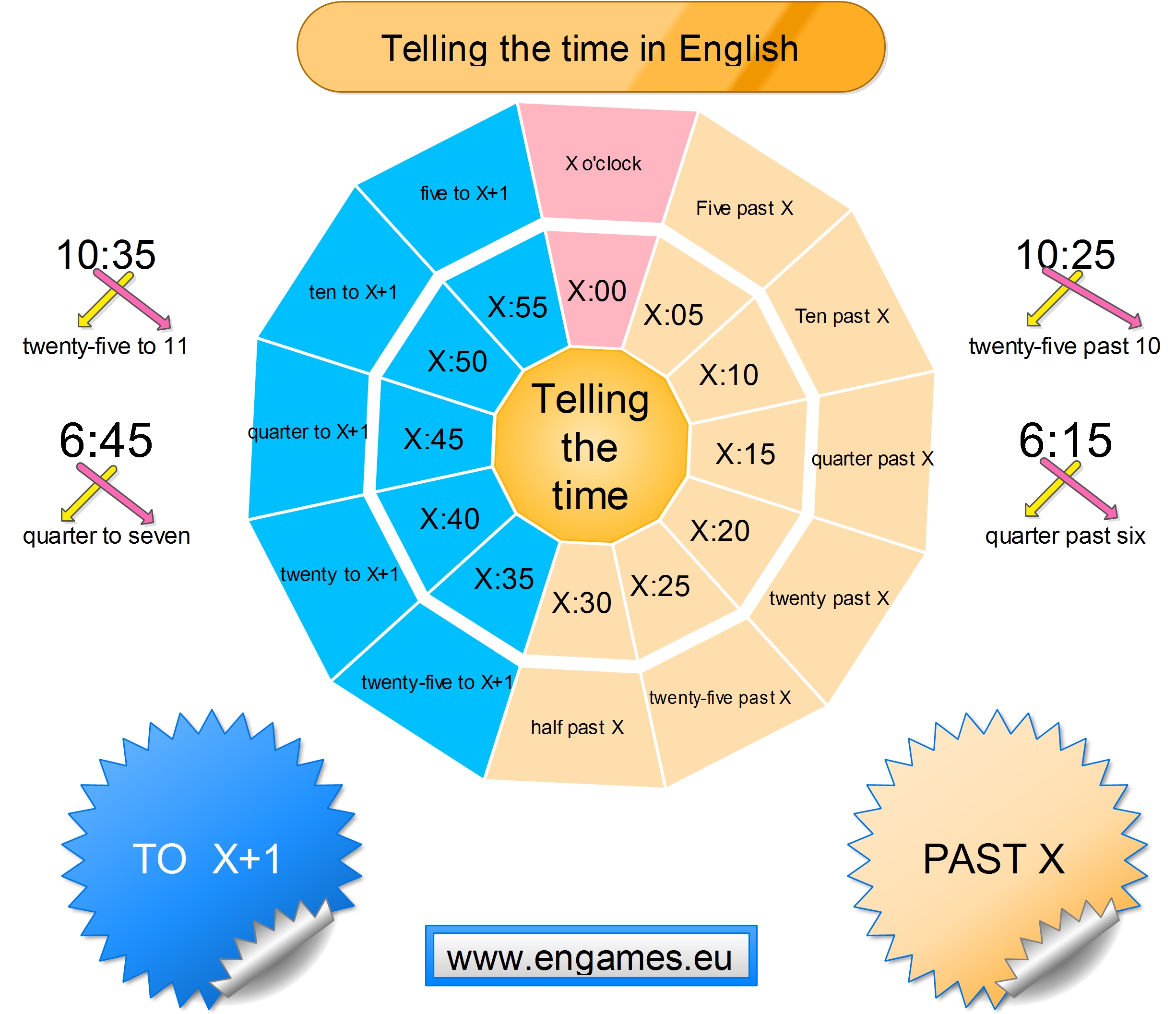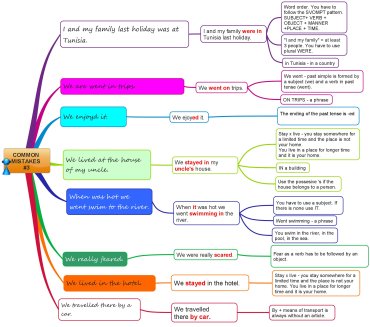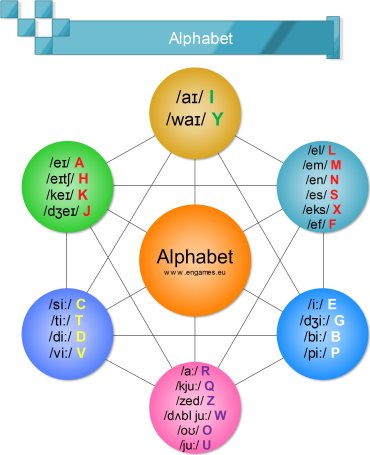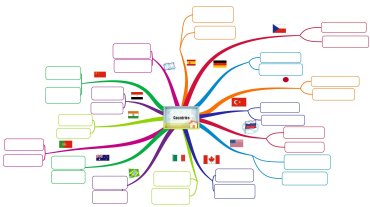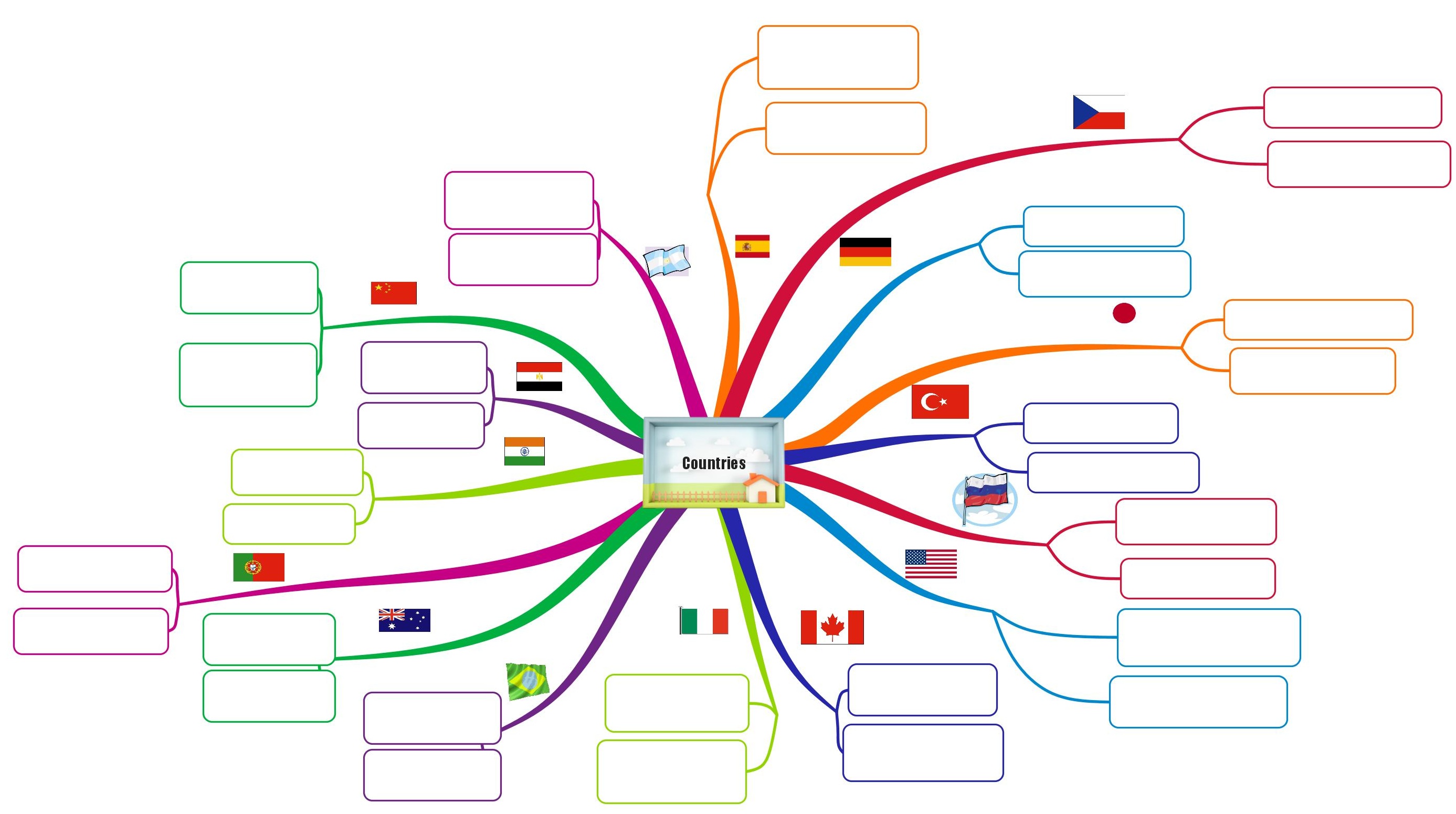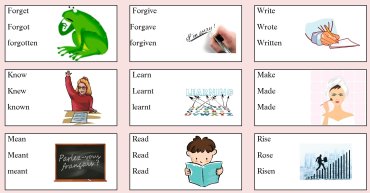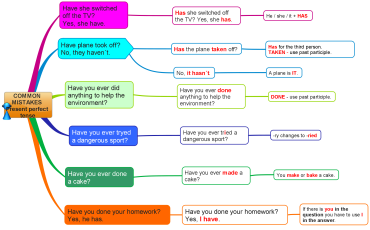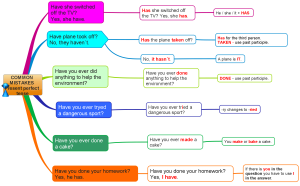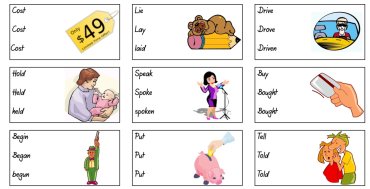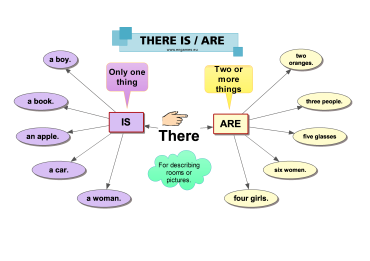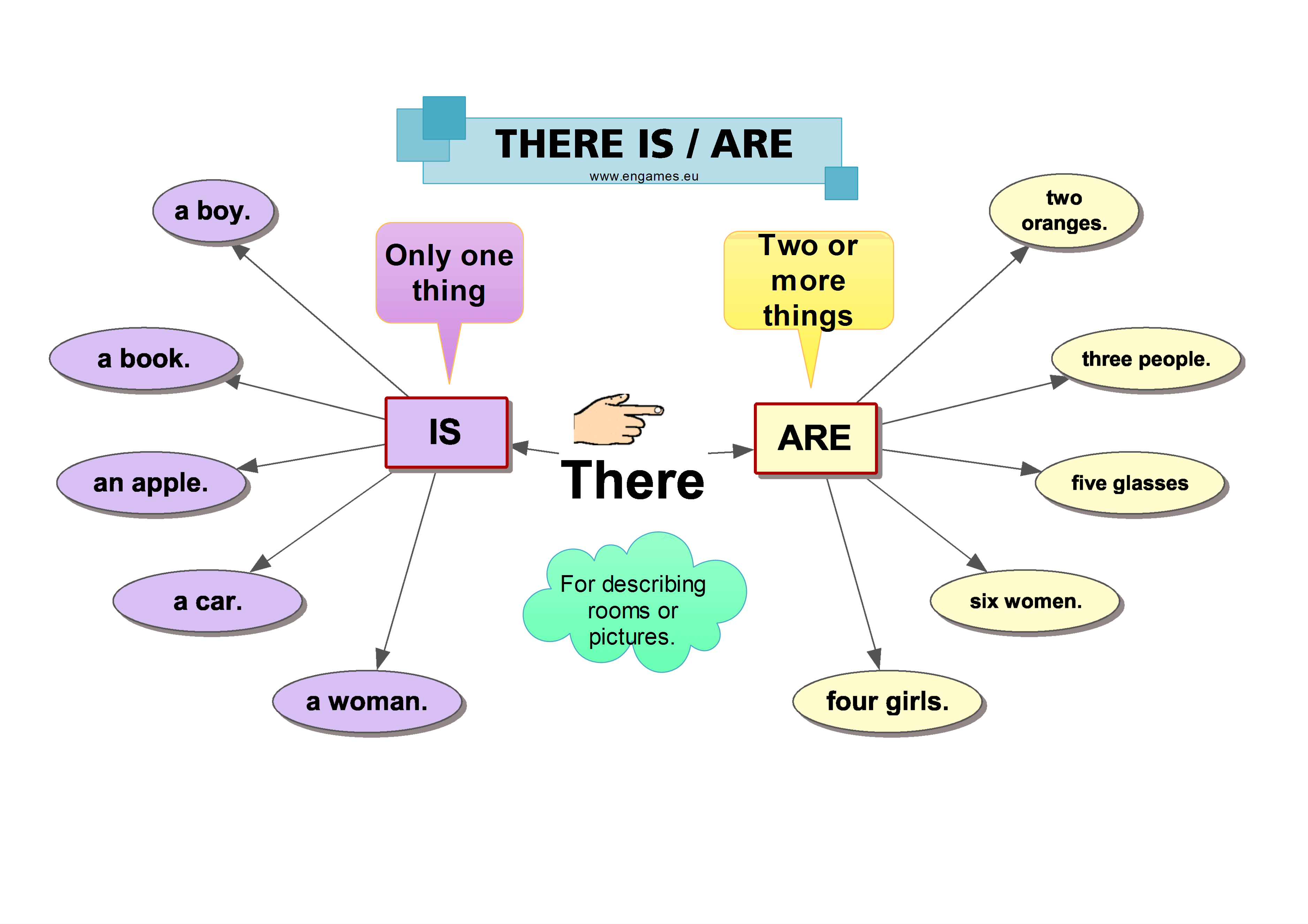It is much more memorable to teach or learn irregular verbs in a story. The verbs, especially their meaning, are easier to remember and retrieve from memory. Moreover, teaching verbs in a story is fun.
In this post there are several activities: a mind map, a worksheet, an MP3 drill and an interactive quiz. These activities will make the teaching and learning enjoyable and fun.
ADVERT:
[showmyads]
Irregular verbs – infographics

Print version of the story and tasks:
past simple story_fishing full
Here, you can print out the mind map with all the irregular verbs. All the verbs are used in sentences.

Once you think that you know the verbs you can try out the following interactive quiz. The quiz is in HTML5 and you can play it on all mobile devices.
Irregular verbs – full screen quiz
MP3 drill
Listen say the word that belongs there instead of the beep.
The worksheet contains the grammar up activity. To do it correctly here is a simple explanation:
Irregular verbs – share
Blog competition
 Macmillan publishing house runs a competition Love English Awards and as this site has been nominated, you can vote for us here. Thank you for your support.
Macmillan publishing house runs a competition Love English Awards and as this site has been nominated, you can vote for us here. Thank you for your support.
Today I experienced the great teaching moment when one of my not so proficient students said that she can understand the grammar perfectly and that it is really easy. I was exalted.
I was teaching present continuous tense and the students really liked it and at the end of the lesson they were able to form the affirmative sentences correctly. In this post I would like to share all the activities I used to achieve this. There are an infographic explaining the grammar, a worksheet and an interactive quiz. I hope you will like it.
ADVERT:
[showmyads]
Please, if you spot a mistake leave a comment and I will try to correct it as soon as possible. Thank you.
Present continuous tense – worksheet and infographics
Once we check the exercise 1, I hand out the following infographic and ask the students to go through it and then I explain it.
When I finish my short explanation I ask the students to complete the exercise 2 in the Present continuous affirmative_worksheet. We check the answers and then I explain the addition of the -ing ending. And then the students have to do the exercise 3. Here they add the -ing ending to the verbs.
In exercise 4 the students are asked to write what the people and animals are doing in the pictures. Remind them not to forget the correct form of the verb TO BE in each sentence. In exercise 5, the pupils finish the sentences in a logical way using the present continuous tense.
At the end of the lesson I asked my students to work in pairs and describe the picture we used at the beginning of the lesson.
It worked for my class. Will it work for yours?
Present continuous tense – interactive quiz
ADVERT:
[showmyadsa] Once we finish the exercises at school you can ask your students to practise the grammar at home. They can try to do the following interactive quiz. If they pass it they will be given a chance to play a game. The quiz is in HTML5 so it will work on all mobile devices. Present continuous tense quiz – full screen
You can expand your knowledge about present continuous tense at British Council pages.
Present continuous tense – share
The usage of the words SOME and ANY is really easy. However, some textbooks like to mix this grammar with the concept of countability and thus they confuse the students. These two words have very little to do with countability. In my opinion their usage is dependent on completely different factors.
In this post I would like to show how I teach the usage of SOME and ANY. There is an infographic to help me and several exercises to practise this grammar.
ADVERT:
[showmyads]
Some and Any – infographics
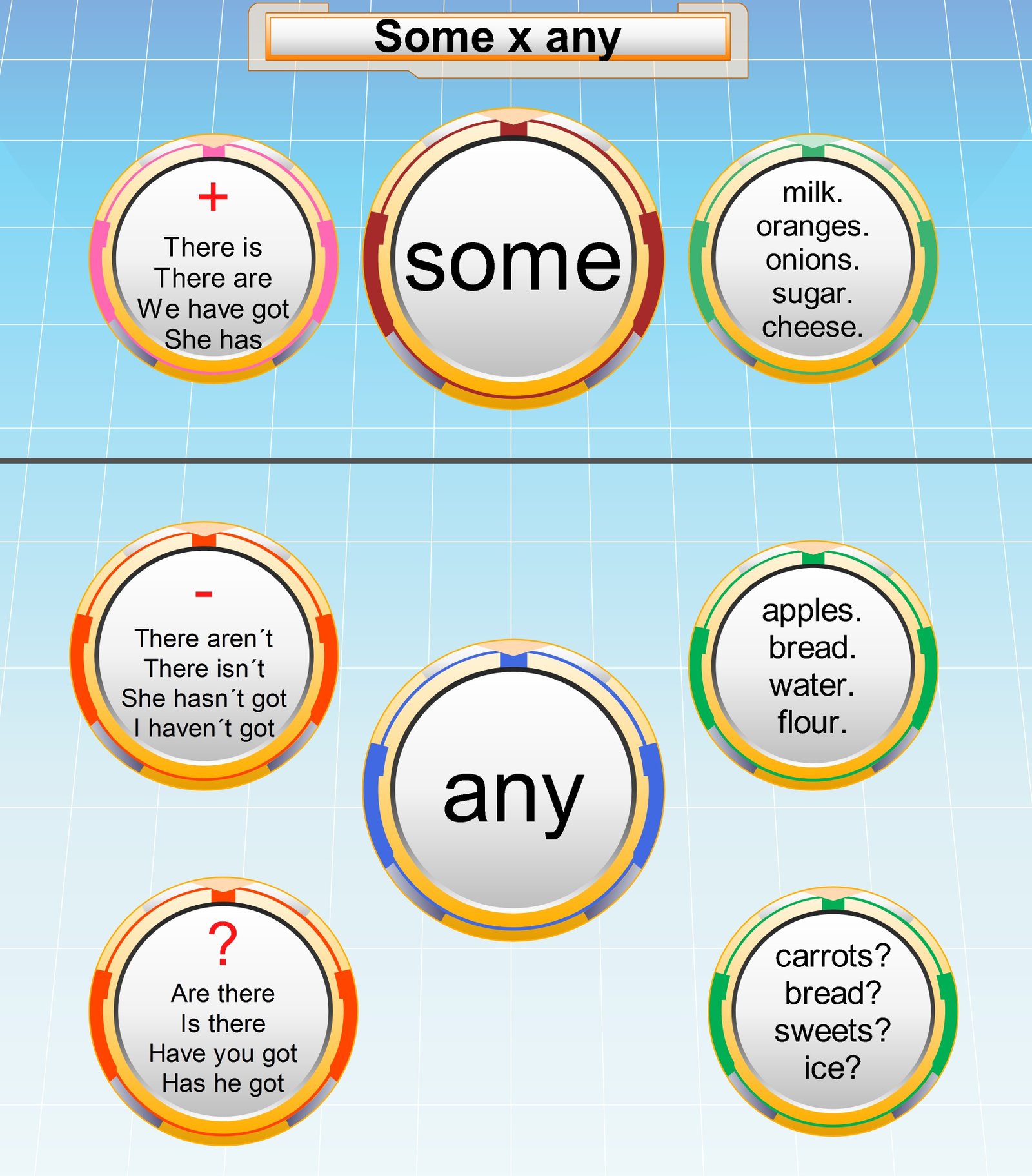
Once I elicit the usage of the two words, I verify the students knowledge with the following exercises and games.
Some and Any – exercises and games
The first quiz is created in HTML 5 so it will play on all mobile devices. It is not a bad idea to ask your students from time to time to use their mobiles and do the exercise online. They will feel happy that they can use their mobile phones or tablets at school.
Some and Any quiz – full screen
The second game is called On target and students at school love it. Your aim is to choose the correct answer and then shoot as many bad ducks as possible. Moreover, you can get a bonus if you shoot one of the bottles on the side. This game is in flash and therefore will work only on desktops.
Some and Any quiz – full screen
If you do not have an interactive whiteboard at school, you will appreciate the print version of the quiz:
If you feel that there are not enough exercises at this site you can visit British Council site and learn more about SOME and ANY there.
Blog competition
 Macmillan publishing house runs a competition Love English Awards and as this site has been nominated, you can vote for us here. Thank you for your support.
Macmillan publishing house runs a competition Love English Awards and as this site has been nominated, you can vote for us here. Thank you for your support.
How much and How many – share
The post on countability has been the seventh most viewed post at our site. More nearly 95,000 people have seen it and hopefully used it. While the post is great for intermediate students of English, it is very theoretical. This post aims to be more practical and for a bit lower level of students. Here I would like to teach the usage of HOW MUCH and HOW MANY using as few words as possible.
To achieve this there are two games and a mind map. I hope you will find the post useful and practical.
How much and How many – mind map
How much and How many – mind map
The second game is called En Garde and your task is to answer correctly and then inflict as much damage to your opponent as possible. Enjoy.
The first game is called Penalty ShootOut. If you choose the correct answer you are given a chance to kick a penalty. Good luck
Blog competition
 Macmillan publishing house runs a competition Love English Awards and as this site has been nominated, you can vote for us here. Thank you for your support.
Macmillan publishing house runs a competition Love English Awards and as this site has been nominated, you can vote for us here. Thank you for your support.
How much and How many – share
The games How much and How many
About half a year ago I published a post where I tried to explain the usage of 5 different tenses. About 71,000 people have viewed this post but several complained that there was not enough practice. That is why I have decided to reintroduce this topic and add three more quizzes to practise the five tenses. So here we go!
Five tenses – mind map
ADVERT:
[showmyads]
And if you think you understand the grammar, it is time to try the quiz.
Five tenses – quiz
You can download the word document here and you can edit it in any way you like. The key is included.
If you prefer the interactive version of the same quiz, you can find it down here.
If you would like to do more practice, you can go to British Council site and try several more exercises there.
There are many different ways to speak about the future in English. You can find all of them in the previous posts on future tenses at Will or be going to or at Be going to post. In this post I would like to explain and teach the usage of WILL for speaking about the future. You are going to find a mind map, a story about WILL and several interactive exercises here. I hope you will find this post useful.
Will for the future – mind map
ADVERT:
[showmyads]
Once you present the form of the verb WILL it is time to explain the usage. I prefer using stories when explaining the grammar. I do it this way because stories are more memorable than just a simple explanation. You can create your own story or you can use mine. If you are afraid that your students´ English is not good enough you can tell the story in their Mother tongue.
The story about WILL
He looked like a normal boy but he wasn’t. He irritated people with his behaviour. He simply talked too much
For example when he was at school he always wanted to help other people. But while other children helped without any words WILL always spoke.
“I, Will, help you, sir,” he shouted when he saw the teacher carrying a lot of things.
“I, Will, clean the board,” he jumped up another time.
Of course, his friends did not like it and soon they started to say ironically.
“I will do it.” or “She will do it.”
As I say, Will talked too much. And he liked talking about his opinions.
“I think …” were his favourite words. And as children did not like him they soon parroted.
“He thinks it WILL rain.” “I think I WILL earn a lot of money.“
And one day another strange thing happened. Will’s eyes went big and he started to predict the future.
“There be people on the Moon. We fly to Mars.”
But children did not believe him and they laughed even more.
“There WILL BE people on the Moon. We WILL fly to Mars,” they screamed all over the school.
Nowadays no one remembers Will or his behaviour at school but ever since people still say “I will do it,” when they decide at the moment of speaking to help anyone.
We still say “I think she will fail.” when we express our opinions about the future.
And when we predict something we say “People will not use tablets in 10 years time.”
No one remembers the nerd WILL but his name is there in the sentences.
WILL for the future – practice
You can watch a bit different video explanation the usage of the will form here:
Once you think your students understand the grammar you can try the following quiz:
WILL for the future – leave a comment and learn
WHAT DO YOU THINK THAT WILL HAPPEN IN THE YEAR 2015.
Write your opinions into the comments and I will correct them and inform you about your grammar.
WILL for the future – share
If you do not have the internet connection in the classroom you can download the quiz and presentation here. Moreover, you can place these at your blog or website 🙂
ADVERT:
[showmyadsa]
Please rate this post below. Our previous post on adverbs of Frequency scored 4.49 stars. Do you think this one is better?
Teaching adverbs of frequency has to consist of several steps. First, the students have to learn the words. If they do not know the words it is useless to teach them the grammar. Once you are sure that the students know the adverbs you have to teach them where they should place them in a sentence. It is not easy to achieve this, but I hope that the following materials will help you.
ADVERT:
[showmyads]
Adverbs of frequency – vocabulary
In the worksheet there is a list of the adverbs, a crossword, a wordsearch and jumbled words.
The crossword might seem a bit intriguing as the students are supposed to solve it without any clues. They have to count the number of letters in each word and then combine them into the crossword. Do not forget to emphasise that each adverb is used only once.
adverbs_of_frequency_worksheet
adverbs_of_frequency_key
Adverbs of frequency – grammar
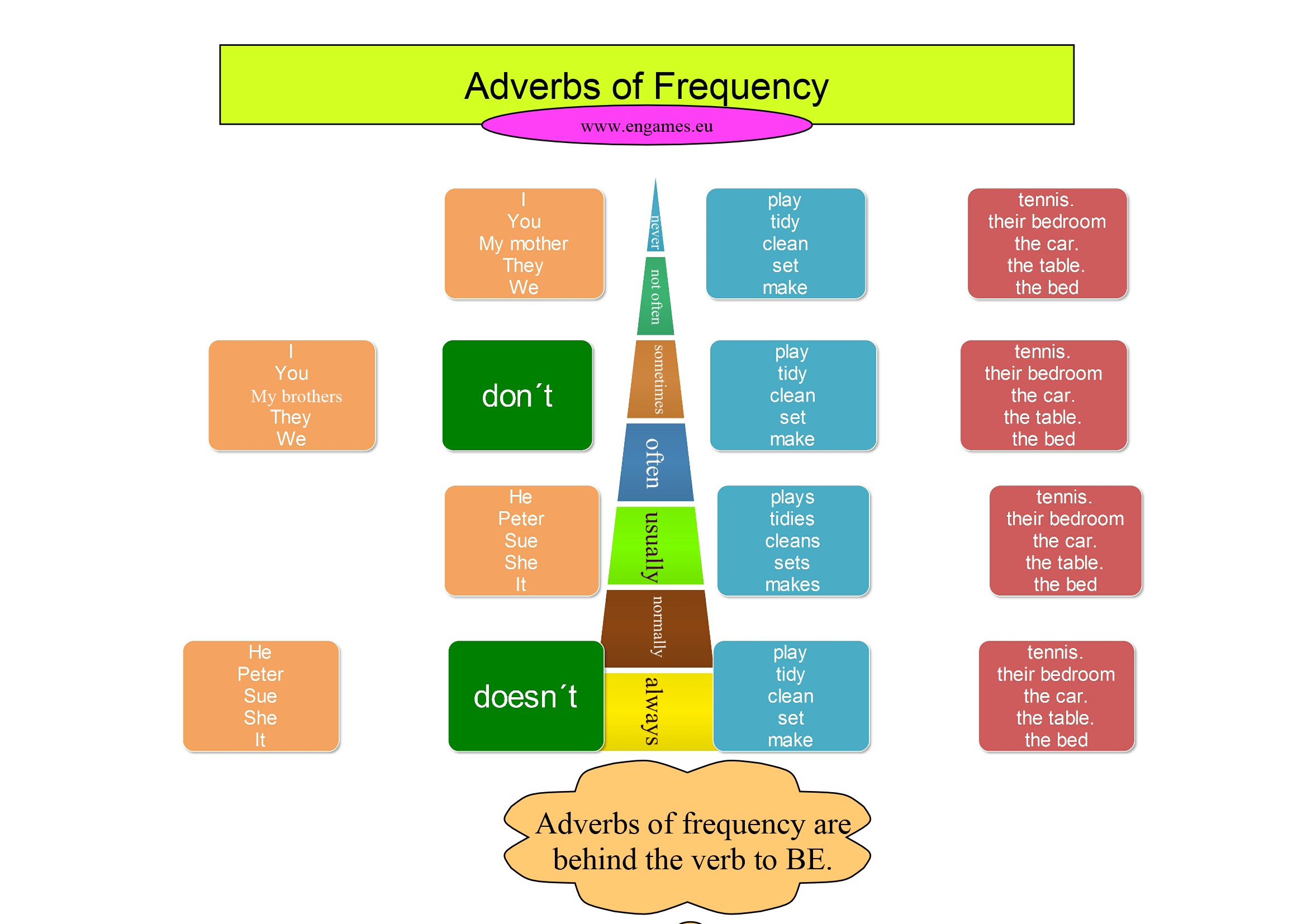
Adverbs of Frequency practise
And now if you have an interactive whiteboard at school you can try the following games and activities. These activities are in HTML5 so your students can try them on their phones or iPads too.
Adverbs of frequency – full screen quizADVERT:
[showmyadsa] If you would like to try out any more activities, there are several interactive and print activities at British Council site on adverbs of frequency.
Christmas is coming and it is always a good idea to have several Christmas activities up your sleeve. Here are the things I love to do when I teach the Christmas lesson.
Christmas – song
ADVERT:
[showmyads]
I ask my students to listen and complete the following lyrics:
Christmas time song
If you are looking for more Christmas songs, there is a nice one on British Council page.
Christmas – song
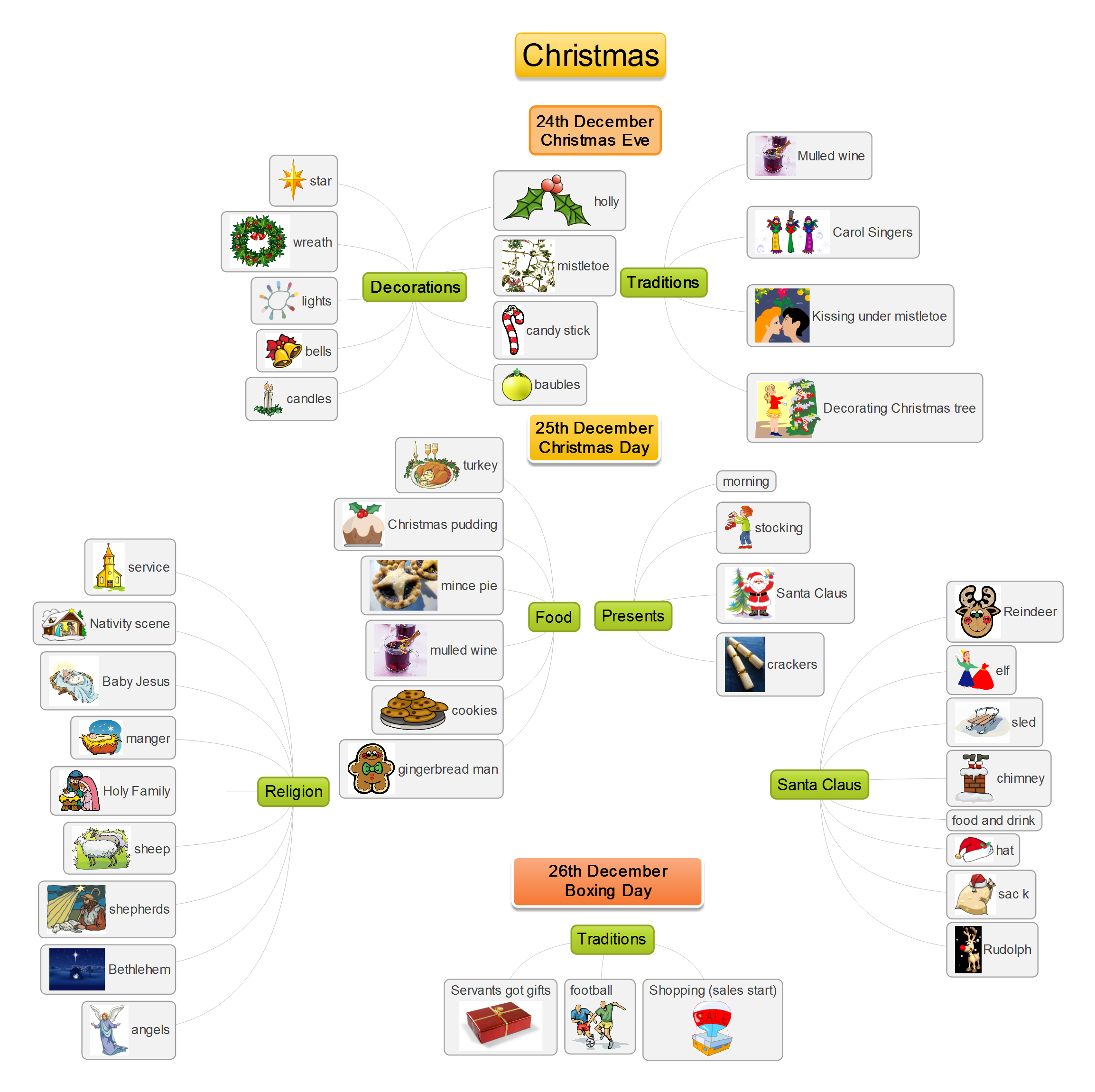
I print out the mind map and then I display it on the IWB. I start from the top and explain that 24th December is called Christmas eve and that people in Britain and America get ready for the Christmas day. I present each vocabulary item and explain it to my students or elicit their knowledge.
I go like this till the 26th December.
Once you have presented the vocabulary, you can test your students’ knowledge in the following game:
Christmas – Czech Traditions
As I teach in the Czech Republic, I have prepared a short text about the Czech traditions. You can find the text, recording and several quizzes over here:
ADVERT:
[showmyadsa]
Czech Christmas traditions
Christmas – Download
Please note, that you cannot distribute the song further!!!
So, merry Christmas and Happy New Year.
Telling the time is something I have to teach every year. And to be honest I have not been very successful. Even gifted adults struggled.
And this year I faced even bigger challenge. I was supposed to teach this to a group of challenged children who cannot tell the time in their MT. So I prepared some new materials and … And I did it.
And here is how.
ADVERT:
[showmyads]
Telling time – mind map
Then I demonstrated telling the time in English using one of the PAST times. I told them that they have to start with the minutes and then add the clock. The WOW moment came and I was really happy. Then I showed them how to work with the blue phrases. They soon understood that they have to add 1 to the number of clocks.
Telling time – classroom activities
First, we played bingo. I dictated the times and the students crossed them out. The winner (3 times in a row) shouted Bingo.
Another variation of the same game is that the students tell the time. Ask each student to choose one time on his card and tell it. The others listen and if they have it on their cards they cross it out.
Telling the time – bingo cards
The other activity is a pair work. Each student gets a card and they dictate their times to their partner.
Telling time – computer activities
ADVERT:
[showmyadsa] Telling the time – listening In the second quiz students are asked to write the time correctly. Both quizzes are in HTML5 so they will play anywhere. Telling the time – produce
You can find another interesting game to practice language connected with time at British Council time.
Telling time – share
telling_the_time
The mistakes students make are ideal for learning. They are much more complicated than any mistakes in textbooks and it is more motivating to correct your own mistakes. Moreover, students often make mistakes in areas not covered by textbooks or covered on a place which is remote from the time when the student makes the mistake. That is why I collect my students’ mistakes and try to deal with them.
ADVERT:
[showmyads]
This collection of mistakes comes from my students´ essays about their last holidays. I hope that they will help you or your students avoid these mistakes in the future.
Common mistakes – mind map
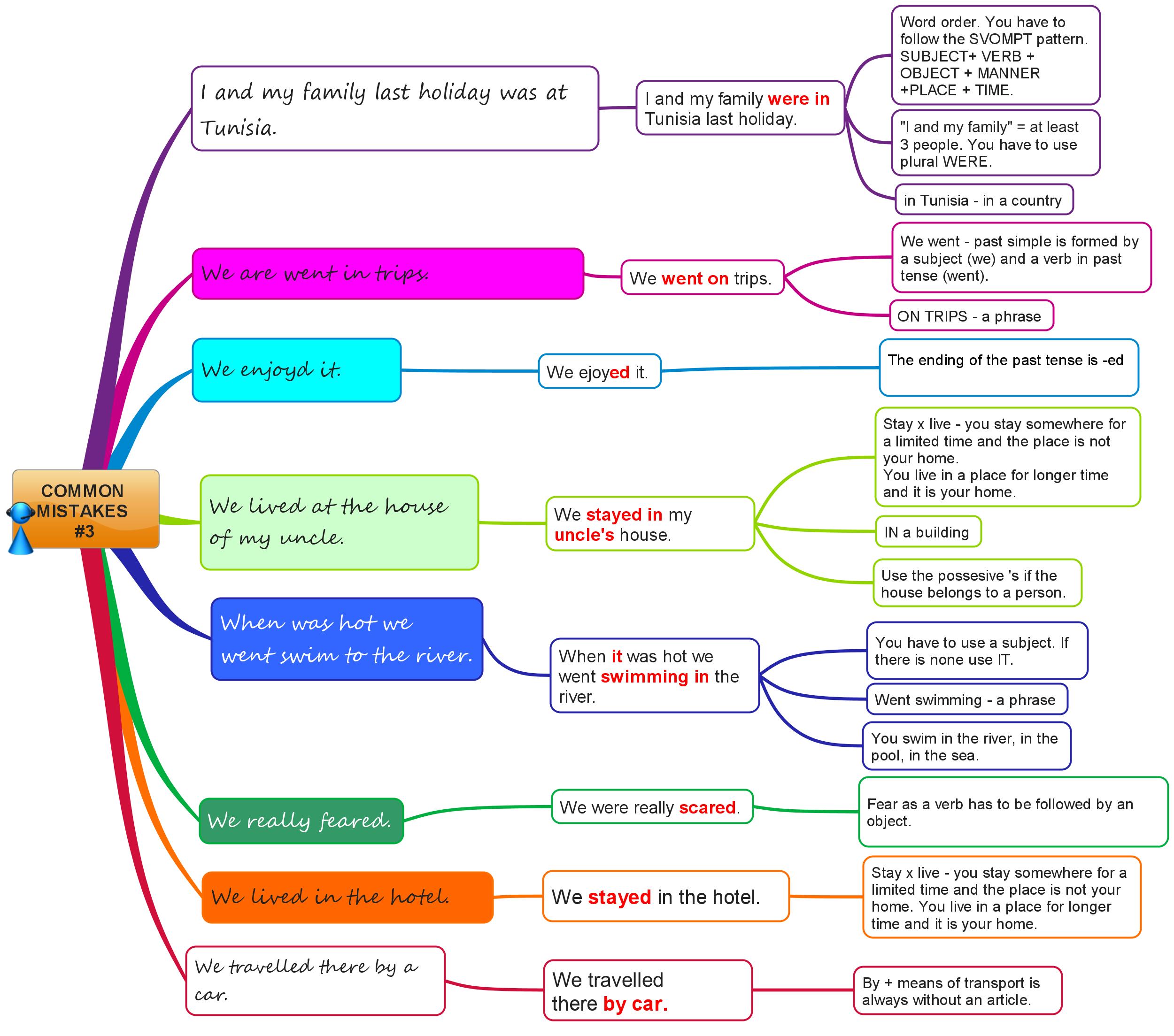
If you use this mind map in a classroom it might be a good idea to explain the mistake yourself and ask the students to fill in the explanations in their own words into the mind map below.
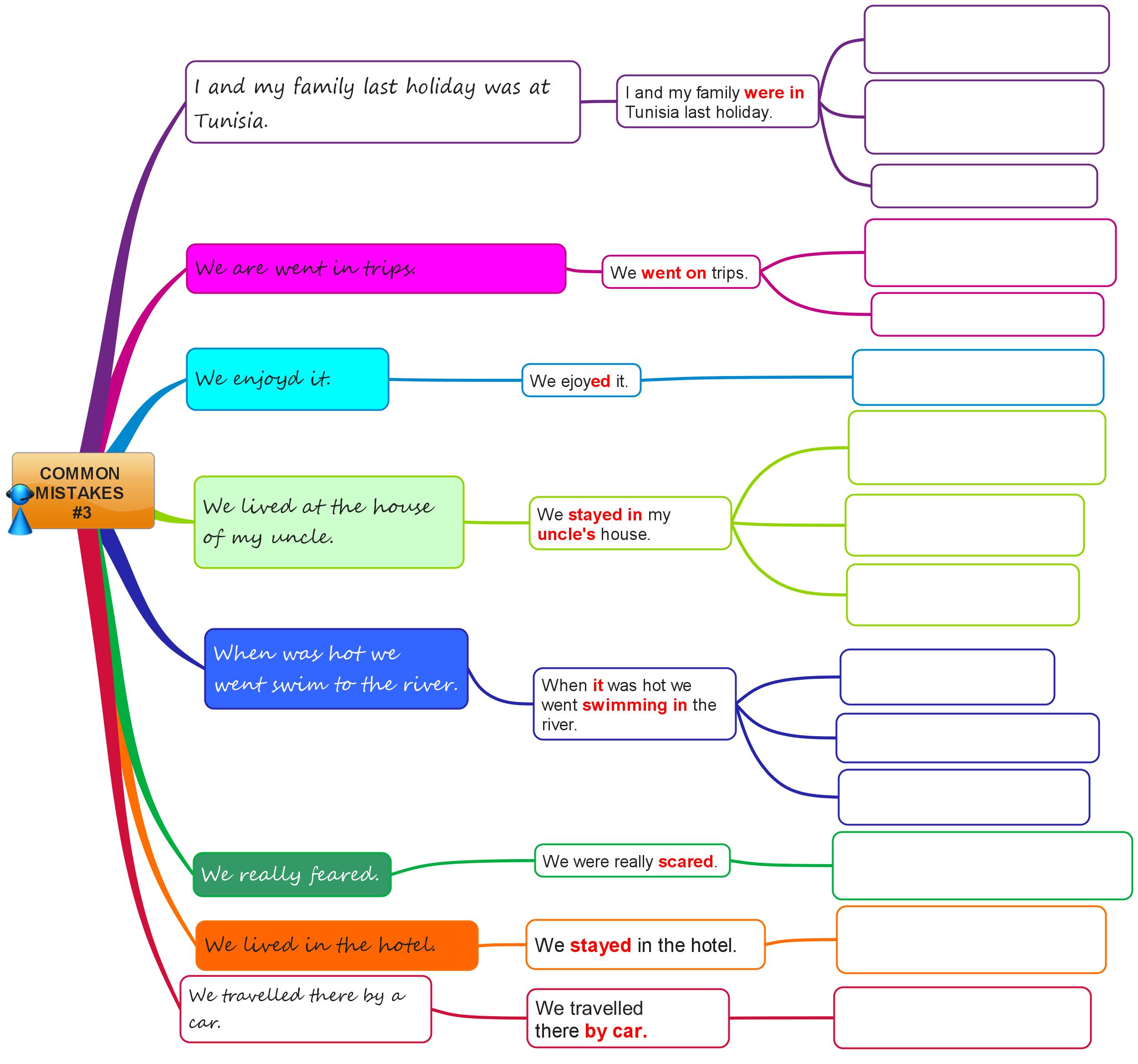
Common mistakes – games
Advert:
[showmyadsa] Common Mistakes Basketball The second games is a simple quiz. Answer the questions correctly and then play the game called Word boggle. All the answers are based on the mistakes from the mind maps above.
Common Mistakes Quiz
Common mistakes – Classroom ideas
Once most of the class have finished, I elicit the correct version of each sentence. It is a nice and really useful activity.
You can find some interesting activities connected to holidays at British Council pages.
If you prefer a game-like activities, there are several at British Council pages again.
Common mistakes – Share
When I started teaching the English alphabet I was really sure that it will be fun and easy to achieve. My students had no problem learning the alphabet itself, but when they should have used it, they were making a lot of mistakes. I have tried everything. We tried using finger alphabet, some information gap exercises where spelling was necessary and so on. However, all these activities had very poor results. Seeing my failure I decided to create an audio-lingual computer based activity. It is a simple drill but I believe that those who will pass the test will be able to spell correctly.
Advert:
[showmyads]
Alphabet – introduction
As I write above learning the alphabet from A to Z was no problem. The students were greatly helped by several alphabet songs and games. The best ones came from British Council pages on alphabet. We really enjoyed these.
To help my students more I have created the following mind map. I hope you will find it useful too:
Alphabet – audio-lingual quiz
I tried to find some recordings with spelling but I was shocked that I managed to find only two of them in different textbooks. So I had to created some myself. I asked a native speaker to spell 25 different English words and these I put into the following quiz. You should listen and then write the words you hear. It is not easy and the passing score is really high. Will you succeed?
At the end there is a game for you. Both the quiz and the game are in HTML5 so they will play on any mobile device too. Alphabet – Audio-lingual quiz
Alphabet – Treasure hunt
My students love this game. Even more so, if I bring a reward for the winners.
Start the game and display the grid. Call the students to say a pair of letters and then click on the appropriate square. If they do not hit the treasure blue square appears. Call the students randomly. The one who finds the treasure gets the reward.
There are two slides with the grid so, you can play two games.
Alphabet – share
If you do not have an internet connection you might find the following files useful. You can upload the files to your own site or use them off-line.
 There are many different states and nationalities in the world and we cannot know all of them. However, it is necessary that you know your own nationality and the name of your state. Moreover, I think that you should know at least the names of the most populous countries. That is why I have created the following post. There is a video presentation of 15 countries and nationalities. Then there are these states presented in a mind map and several quizzes to practice the new vocabulary.
There are many different states and nationalities in the world and we cannot know all of them. However, it is necessary that you know your own nationality and the name of your state. Moreover, I think that you should know at least the names of the most populous countries. That is why I have created the following post. There is a video presentation of 15 countries and nationalities. Then there are these states presented in a mind map and several quizzes to practice the new vocabulary.
[showmyads]
Countries and Nationalities – video
Here is a video presentation of all the countries and nationalities taught in this post. Each country and nationality is pronounced by a native speaker and there is their flag.
Next you can listen and sing the following song and try to solve the quiz here. If you succeed you can play a tic-tac-toe game against the computer.
Countries and Nationalities – mind map
After watching the videos above you can ask the students to fill in the following mind map with the correct states and nationalities. If you do not want to teach the nationalities, you can ask your students to fill in the name of the state and all the things they can say in English about each state. (e.g. Italy, pasta, Rome).
Countries and Nationalities – games
Here you can find all the states and nationalities in the wordsearch.
ADVERT:
[showmyadsa]
And finally, here is a game Teacher invaders to practise all that you know.
 This has been the third post on irregular verbs. There are 24 more irregular verbs presented in two videos. Then you can practise each group of verbs on a worksheet or in interactive games and quizzes. When I counted I found out that each verb is practised at least 7 times. I have tried the activities with my students and finally they are able to learn them.
This has been the third post on irregular verbs. There are 24 more irregular verbs presented in two videos. Then you can practise each group of verbs on a worksheet or in interactive games and quizzes. When I counted I found out that each verb is practised at least 7 times. I have tried the activities with my students and finally they are able to learn them.
ADVERT:
[showmyads]
If you do not like this straightforward approach you can try other methods I have tried here. There are irregular verbs associative method, irregular verbs listening drill, irregular verbs in context and many others.
Irregular verbs #3 – videos
First, watch the videos and repeat the words. This time I have tried to present them slightly differently and I hope this way will be more effective.
The other 12 verbs are presented in the following video:
Irregular verbs – worksheets
The first worksheet contains all 24 verbs taught in the videos above. They are in a table and each verb is illustrated.
Then there are two worksheets containing crosswords and word puzzles to practice the irregular verbs. The activities for the verbs from the first video are here. Be careful, you have to add a free square after each verb in the spiral puzzle:
Irregular verbs 05_vocabulary_ws
Irregular verbs 05_vocabulary_ws_key
The puzzles and crosswords for the second video are over here. Again you have to add a free square after each verb in the spiral puzzle:
Irregular verbs 06_vocabulary_ws
Irregular verbs 06_vocabulary_ws_key
Irregular verbs #3 – interactive quizzes
The first two quizzes test the knowledge of the first twelve irregular verbs presented in the first video. The test is in HTML5 so you can play it on any mobile device. At the end of the quiz you can play a game.
Irregular verbs #5 – simple quiz
Then you can try the interactive crossword and wordsearch down here. Both of them are in HTML 5 so they will play on any device. You have to write both the past tense and past participle:
Irregular verbs #5 – crossword
The following quizzes deal with the irregular verbs presented in the second video:
Irregular verbs #6
Then there are a crossword and a wordsearch. Remember to write both the past tense and the past participle:
Irregular verbs – Crossword #6
ADVERT:
[showmyadsa]
Irregular verbs – Wordsearch #6
I hope that by now you will have learnt all the 24 irregular verbs taught here.
Asking questions is one of the most important functions of a language. Making questions in English is quite easy, but students still need to understand the basics. I have tried to put all the basic rules into a mind map. Then I have come up with a story about question formation and several games to practice the grammar. I hope that now the students will be able to form the questions correctly.
Questions – Mind map
Display or print out the following mind map for all the students and explain that each question can start with a WH word followed by DO, DOES or DID. It might be a good idea to ask the students to name or describe the columns in their own words.
ADVERT:
[showmyads]
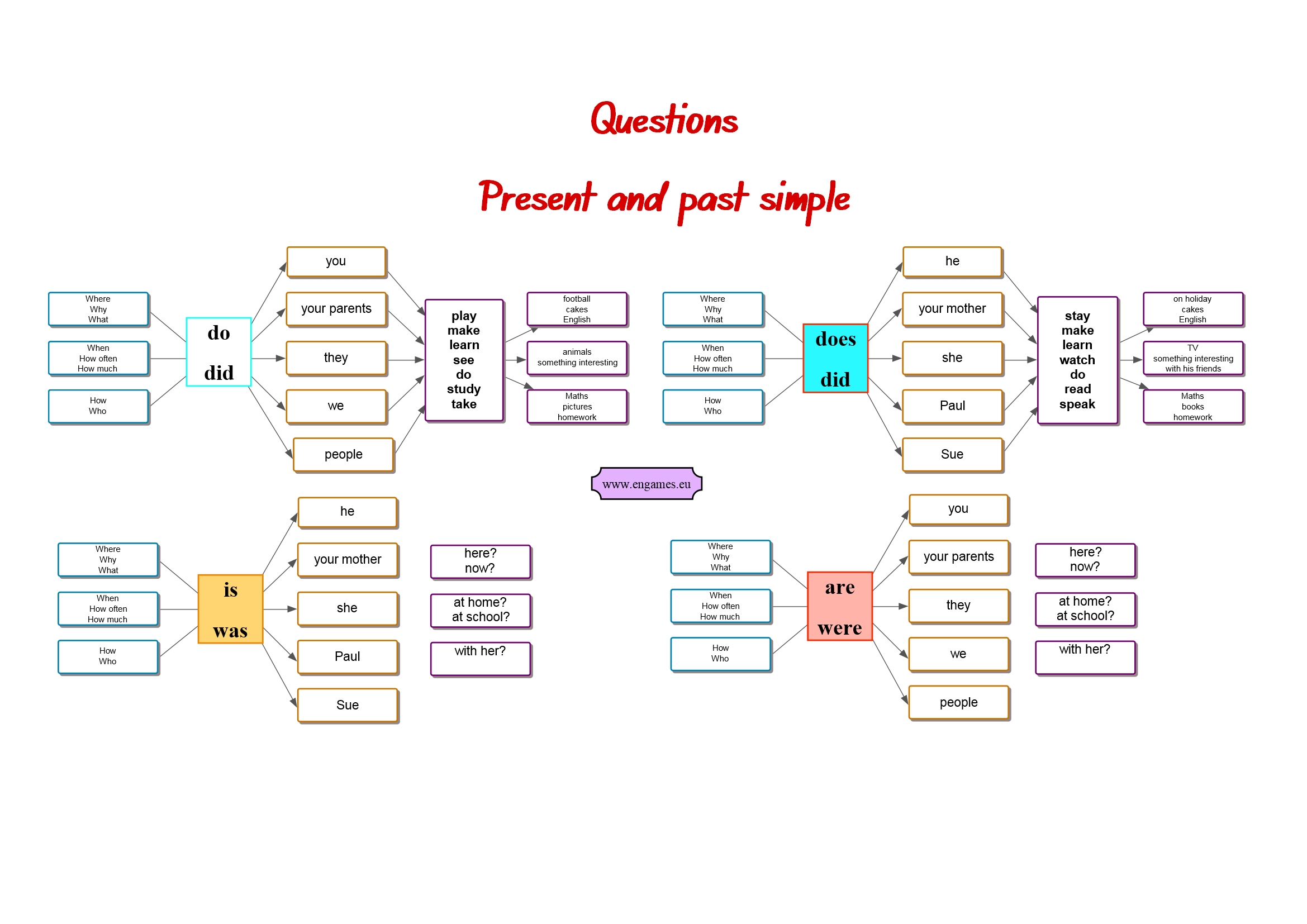
Explaining grammar using the words like auxiliary, verb and subject might be a precise description of the grammar but it is very hard for students to understand. Moreover, people remember stories better than any explanation. And that is why I have created the following story to help my students use the auxiliaries correctly:
Once upon a time there was a land called Trainglish (train and English). And there were only SVOMPT trains with affirmative sentences. And in these trains V cars were the most important and most beautiful ones.
But one day the Great Constructor created an auxiliary train “DO”. But the “DO” car did not want to be just an ordinary train. He was very proud and selfish and he wanted to be the most important train in the world. So he started QUESTION trains. And as he was so big-headed he had to ride at the beginning of these trains. And as the other cars did not protest, he wanted more.
First he brought his family DOES and DID. Then he brought WH cars and they all drove at the beginning of each Question train. But it was not enough for him. He still wanted more. And thus he decided that no car can be more handsome than he.
“All the other cars have to be simple,” he announced. And that is why the V car lost all its endings and forms and it has be only in a simple form in Question Trains.
“And all the verbs agreed?”
“No, there was one that refused. It was the BE car. And ever since WAS, IS, ARE and WERE cars ride at the beginning of their Question trains. They allow only WH cars to join them.”
Questions – Quizzes and games
There are three quizzes and games to help the students remember the grammar. In the first HTML5 quiz you should put the words into the correct order to create questions. At the end of the quiz there is the game called Angry Finches.
Questions – Present simple and past simple
The second quiz is again in HTML5. However this time, your task is to write the question to ask about the missing information. At the end of the quiz there is the game called Tower Defence.
Advert:
[showmyadsa]
The last game is in Flash and therefore it will play only on your desktop. You have to choose the correct option and then you should hit your opponent. Good luck.
Students make a lot of mistakes in present perfect tense. I have tried to collect the most typical ones and I have put them into a mind map and tried to explain the rules there. Moreover, I have added two games to give the students a chance to practice the grammar one more time.
To be able to form the present perfect tense correctly, it is necessary to know the past participles. Students can learn the past participles in the following posts:
ADVERT:
[showmyads]
Common mistakes – Mind map
I have collected the following mistakes my students make:
In the first bubble there is the wrong sentence, then there is the correct sentence and at the end of each branch there is the explanation.
For teaching purposes it might be a good idea to leave the end of the branch empty and ask the students to come up with their own explanation. You can find the mind map here:
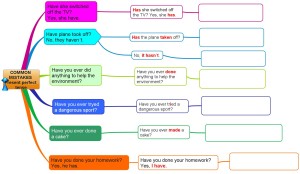
Common mistakes – Games
All the mistakes can be divided into three categories:
- bad knowledge of the past participles
- Not using has
- wrong subject in the answers.
If you feel that you have problems with the past participles I recommend the following video:
If you need more practise of past participles and irregular verbs go to Irregular verbs straightforward and Irregular verbs straightforward#2.
To deal with problems 2 and 3 I have prepared two games. The first one is an HTML5 quiz and your task is to answer the tasks correctly. At the end there is a game as a reward for your effort.
Common mistakes – present perfect quiz
ADVERT:
[showmyadsa]
The second game is more game like, but it is in Flash and it will work only on your desktop. It is called On Target and your task is to answer the questions and then shoot the bad ducks.
Common mistakes – present perfect On Target
By now you should know the grammar well.
Common mistakes – Share
If you would like to use the games in a classroom with no internet connection you can download the following files. You can share these games on your website too.
As students reacted very positively to the first post on irregular verbs I am going to continue with teaching the irregular verbs in this way. Once again I am going to teach 24 irregular verbs with their past tense and past participle. The verbs are divided into two groups of 12 and there are separate worksheets and videos for teaching them.
ADVERT:
[showmyads]
If you are a teacher you do not have to use all of the activities and worksheets below. However, if you are a student I recommend that you complete all the worksheets and activities.
Irregular verbs #2 – video
First, watch the video and repeat the words. At the end you can stop the video or play the game and guess the verb that is being drawn. If you guess the verb you have to say the past tense and the past participle, too.
The other 12 verbs are presented in the following video:
Irregular verbs – worksheets
The first worksheet contains all the verbs taught in this post. They are in a table and each verb is illustrated.
Then there are two worksheets containing crosswords and word puzzles to practice the irregular verbs from the two videos. The activities for the first video are here:
Irregular verbs 03_vocabulary_ws
Irregular verbs 03_vocabulary_ws_key
The puzzles and crosswords for the second video are over here:
Irregular verbs 04_vocabulary_ws
Irregular verbs 04_vocabulary_ws_key
Irregular verbs #2 – quizzes
The first two quizzes test the knowledge of the first twelve irregular verbs presented in the first video. The test is in HTML5 so you can play it on your mobile device. If you pass the quiz you can play a game.
Irregular verbs – simple quiz
Then you can try the interactive crossword and wordsearch. Once again both of them are in HTML 5 so they will play anywhere. Write both the past tense and past participle:
Irregular verbs – crossword
The following quzzes deal with the irregular verbs presented in the second video. Once again there are three different activities to help you or your students remember all the irregular verbs. The first one is a simple HTML5 quiz:
Irregular verbs – Quiz no. 2
Then there are a crossword and a wordsearch. Remember to write both the past tense and the past participle:
Irregular verbs – Crossword 2
ADVERT:
[showmyadsa]
Irregular verbs – Wordsearch 2
I hope that by now you will have learnt all the 24 irregular verbs taught here.
Adaptive learning has been the new buzz word in Language teaching community for some time. It sounds so promising. Students will learn only those things they do not know and they will practise what is needed for them to remember. And of course everything will be computer based and the students will be able to learn at the moments they feel like it.
Sounds great, however there are many pitfalls. I recommend the text on Adaptive learning and teaching at http://the-round.com/resource/a-short-guide-to-adaptive-learning-in-english-language-teaching/. To show you how such an adaptive learning activity could look, I have created a simple adaptive learning activity on Dates.
ADVERT:
[showmyads]
It is really simple, because it will repeat the thing the student does not master only once. Ideally the programme should offer a different explanation (based on your mistakes) each time you fail to learn something. Here I mostly offer the same explanation, but I have tried this in one case.
Dates – activities
The aim of the adaptive learning activity is to teach ordinal numbers from 1 to 12 and the months.
Thus at the end the students will be able to form Dates in English using the ordinal numbers from first to twelfth (plus twenty-first, twenty-second and twenty-first). If you want to teach the all the dates go to the following post on DATES .
Here is the adaptive learning activity. As it is in HTML 5 it should work on any device. Just follow the instructions and if you learn all the dates you will be give a chance to play a game. Enjoy.
If you would like to see the adaptive learning activity on the full screen click the button:
Dates – Share
At some schools there is a problem with the internet connection. That is why you can download the following file and use the activity offline with your students. Moreover, you can upload the activity to your site and share it there. No strings attached 🙂
I have already tried teaching irregular verbs in many ways. I have tried irregular verbs associative method, irregular verbs listening drill, irregular verbs in context and many others. However, the results were not very good. Only about half of the students know the verbs.
ADVERT:
[showmyads]
That is why in my next four posts I would like to present 100 irregular verbs straightforward. I will provide the pronunciation of all the verbs and several simple activities for students to practice the verbs. No miracle cure, only hard work.
Irregular verbs – video
First, watch the video and repeat the words. At the end you can stop the video or play the game and guess the verb the man is drawing. If you guess the verb you have to supply the past tense and the past participle of the verb.
The second half of the verbs is presented in the following video:
Irregular verbs – worksheets
The first worksheet contains all the verbs in a table.
Then there are two worksheets containing activities to practice the irregular verbs from the two videos. The activities for the first video are here:
Irregular verbs_worksheet
Irregular verbs_worksheet_key
The activities for the second video are over here:
Irregular verbs 2 _worksheet
Irregular verbs 2_worksheet_key
Irregular verbs – quizzes
The first two quizzes test the knowledge of the first thirteen verbs presented in the first video. The first test is in HTML5 so you can play it on your mobile device. If you pass the quiz you can play a game at the end.
Irregular verbs – simple quizThen you can try the following crossword and wordsearch. Once again both of them are in HTML 5 so they will play anywhere. Again write both the past tense and past participle:
Irregular verbs – crossword Irregular verbs – WordsearchYou can practise irregular verbs in the following app. Choose the set or sets of irregular verbs, you want to practise and then choose how you want to practise them:
Irregular verbs – RevisionThe next games concentrate on the irregular verbs presented in the second video. Once again there are four different activities to help you remember all the irregular verbs. The first one is a simple HTML5 quiz:
Irregular verbs – Quiz no. 2Then there are a crossword and a wordsearch. Remember to write both the past tense and the past participle:
Irregular verbs – Crossword 2ADVERT:
[showmyadsa]
Irregular verbs – Wordsearch 2
The basic explanation of the usage of the phrase THERE IS / THERE ARE is easy to understand and practice. My students caught on very quickly and then used the phrase without any mistakes. However, you might need to teach the plural first to allow the students use these without any mistakes.
In this post there is a clear mind map which even 9 years old managed to understand, a worksheet and two games to practice the grammar.
There is / There are – mind map
Ask the students to have a look at the following mind map and explain the following points:
- It is used to describe a scenery or picture.
- THERE IS A + one thing
- THERE ARE + more than one thing.
There is / There are – games and activities
The first activity is a simple spot the difference activity. Print out the following worksheets (black and white copy will be just fine as the colours do not play any role there) and give the worksheet A to one student and the worksheet B to the other one. Students work in pairs and they must keep their worksheets secret and not show them to each other. Each student describes his rooms and they try to find all the differences.
The next two activities are interactive quizzes and games. Both of them are in HTML 5 and both of them will work on any mobile device.
In the first quiz you should read the description and click on the correct picture. If you pass the test you can play the game Angry Finches.
There is / There are – Angry Finches
In the second game you should write the missing words into the sentences to describe the picture on the left. If you pass this test you will be given a chance to play the game called Make them Fall.
Enjoy.
Category: Elementary, English games, Grammar
In the last half a year I have taught this, in my opinion easy, piece of language and I have failed miserably in both cases. And on the basis of this failure I built this post. It contains a clear explanation in the form of a mind map, a worksheet and two games to practise the phrase.
Go and do something – mind map
The phrase I’ll go and do something is used when we want to express that our willingness or intention to do something. The students have to memorize the following phrase and try to use it creatively.
ADVERT:
[showmyads]

Go and do something – games
Once the students master the phrase, it is time to test their knowledge. Here there are two games to practise the phrase.
The first game is in HTML5 and it will play on all mobile devices. Your task is to place the words into the correct gaps. If you pass the test, you can play the game called Make them Fall. Good luck 🙂
Go and do something – Make them fall game
The second game is in Flash and it will play just on your desktop. Your task is to click on the correct answer and then try to stop the circle in the middle of the basket.
Go and do something – Hoopshoot
Go and do something – Share
If you like the games you can use them on your website or offline in your classroom. You can download the files here:
And the flash game is here:
If you share the files on your website, please, could you provide a link to this site? Thank you 🙂

